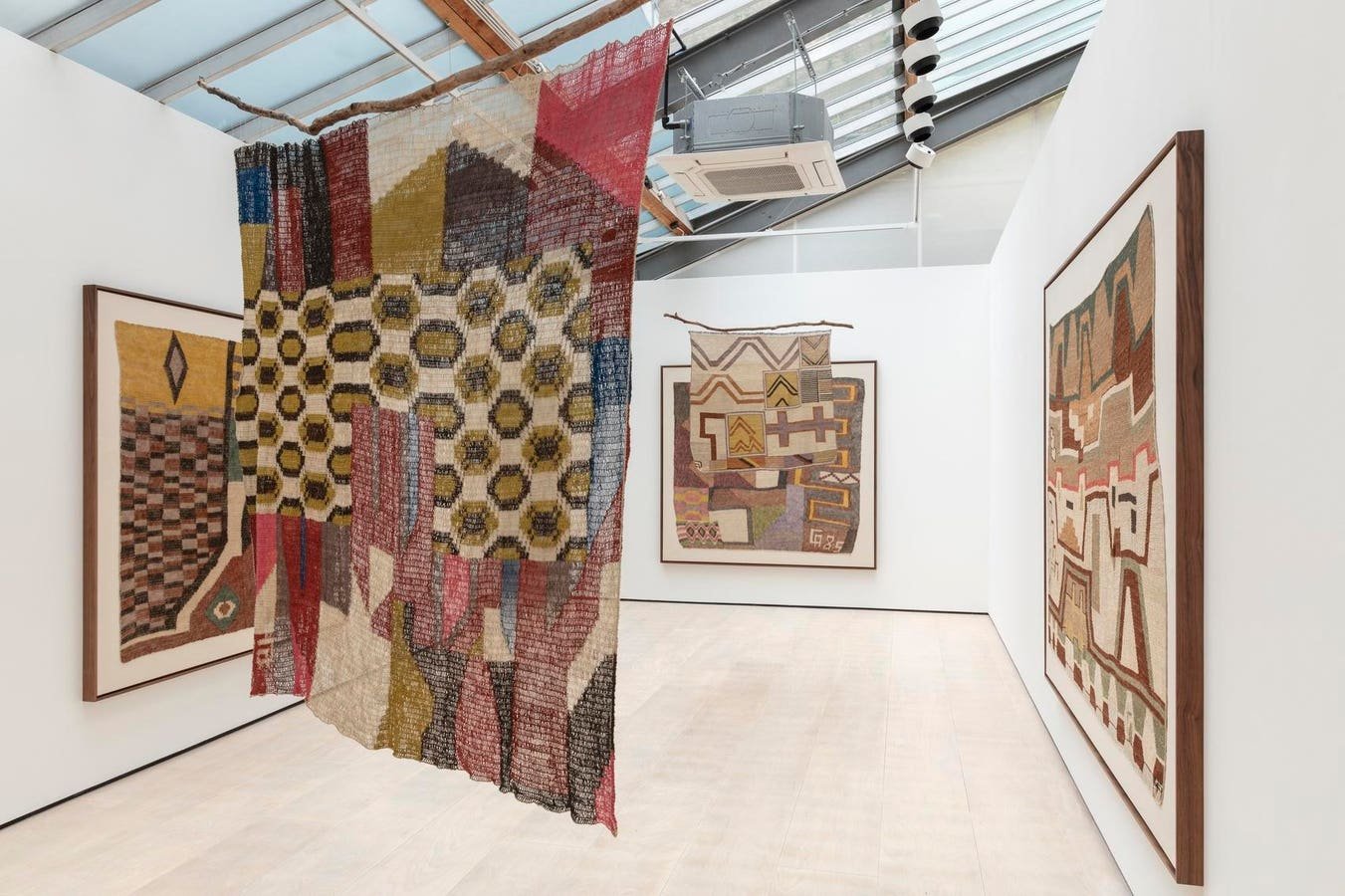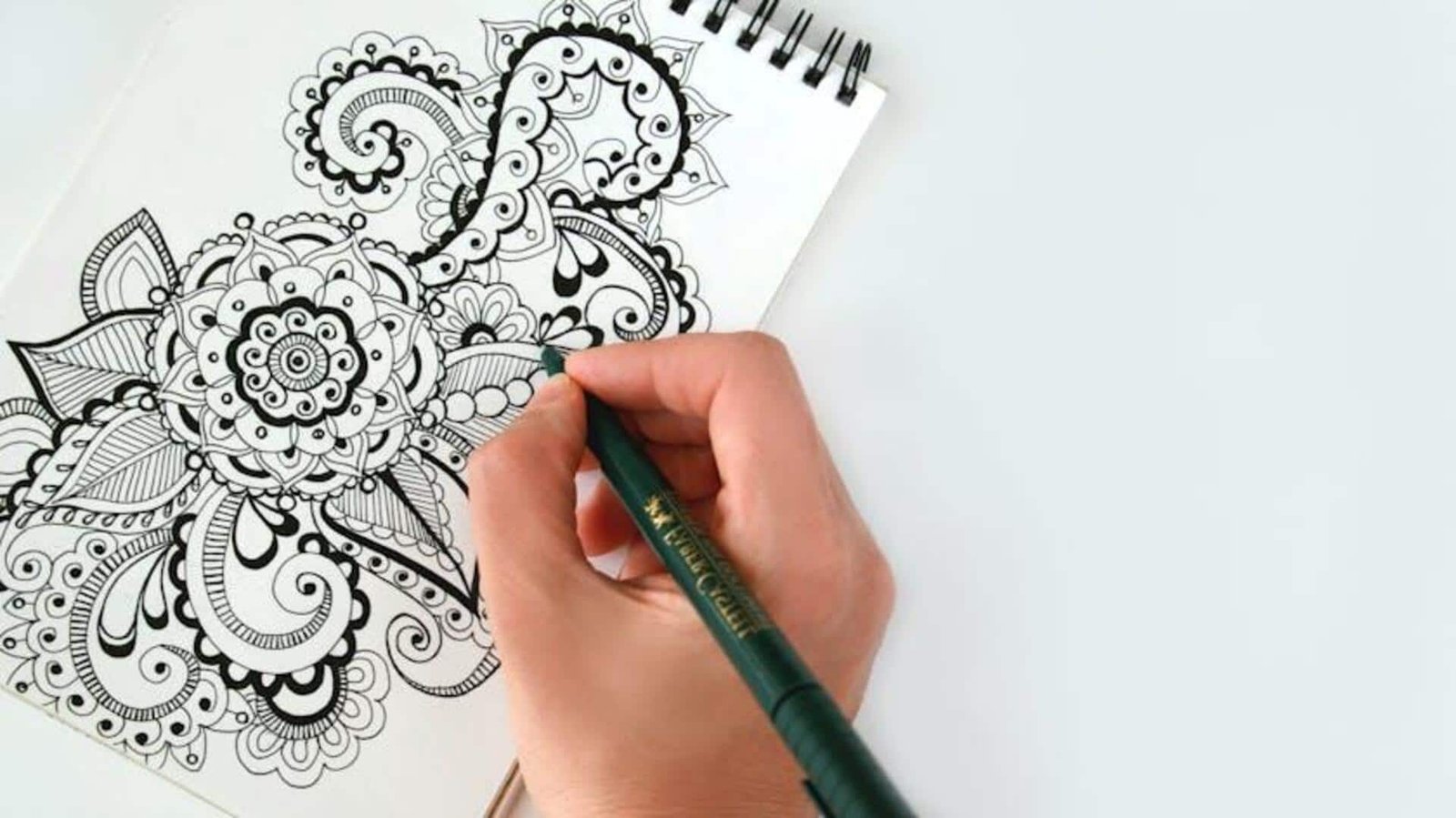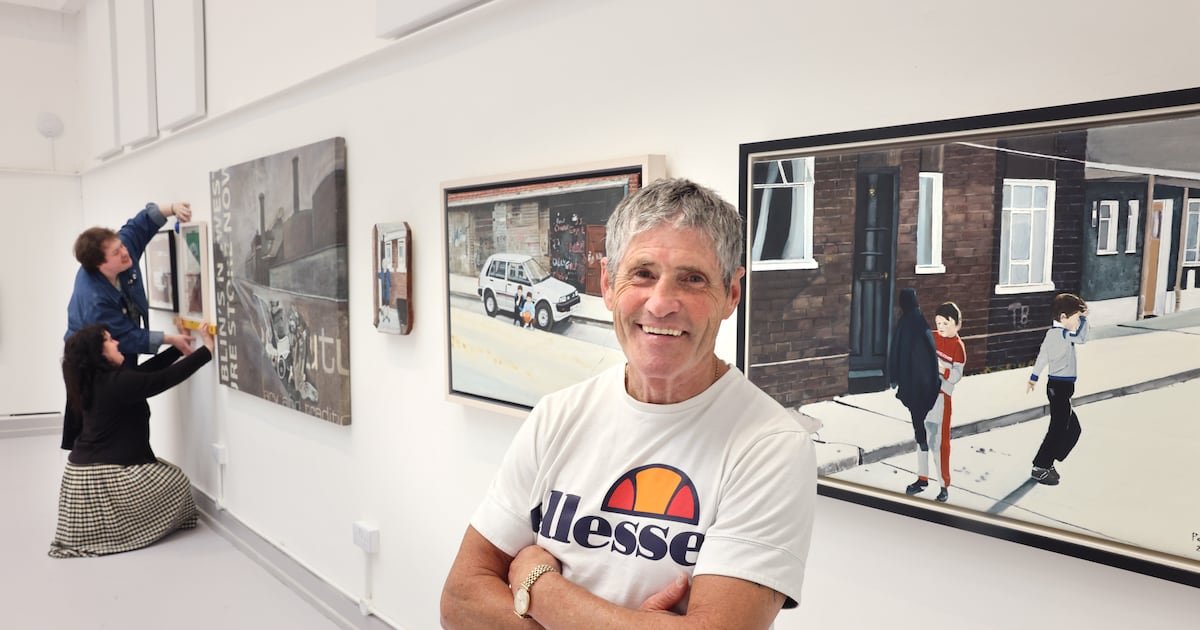Melvin Way, a self-taught artist who produced intricate drawings, died at 70 on February 4. He died in a South Carolina hospital near where he lived due to complications from a stroke, according to Andrew Edlin, his New York dealer.
Since the mid-1980s, Way had produced detailed ballpoint pen drawings, blending musical notes with chemical formulas. Often, the drawings were layered with Scotch tape and broken phrases on found pieces of paper.
Born in South Carolina in 1954, he was raised by relatives in Brooklyn and eventually studied at a technical school in Midtown before developing symptoms of mental illness in his 20s. He was later diagnosed with schizophrenia.
“We’re saddened by the news of Melvin’s passing and at the same time grateful he made it to the age of seventy, given the hardships he endured,” Edlin told ARTnews in an email, describing his drawings as “fascinating and mysterious.”
By the late 1980s, as Way’s health worsened, he became houseless, moving between shelters and rehab centers. Around 1989, he had been affiliated with Hospital Audiences Inc, a now-defunct nonprofit that ran workshops for disabled artists in New York. It was around this time that he met the artist and School of Visual Arts professor Andrew Castrucci at a men’s shelter on Wards Island.
Castrucci started showing Way’s drawings at Bullet Space, an artist-run legalized squat in the East Village. Castrucci also included Way’s work at the first edition of the Outsider Art Fair in 1993.
Way made money through Castrucci’s sales of his work, all the while accruing a status as a cult figure in New York through appearances at White Columns, the American Folk Art Museum, and elsewhere.
In 2015 New York Magazine critic Jerry Saltz described his drawings as a “retinally dense intertwisted world,” saying that they should have earned him a spot alongside other canonical contemporary artists. A year later, after suffering a heart attack, Way received a little more recognition when he was awarded the $60,000 Wyn Newhouse Award, financing given to disabled artists.
Edlin declined to disclose whether Way has surviving relatives involved in posthumous sales of his work. The drawings “will continue to challenge those determined to decipher their meaning,” Edlin said.







